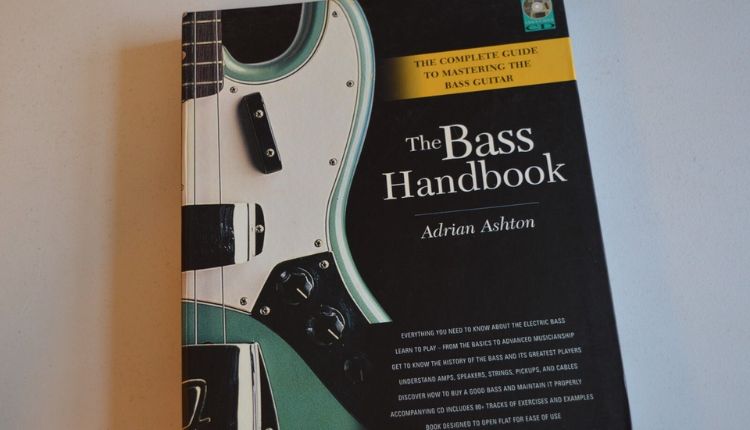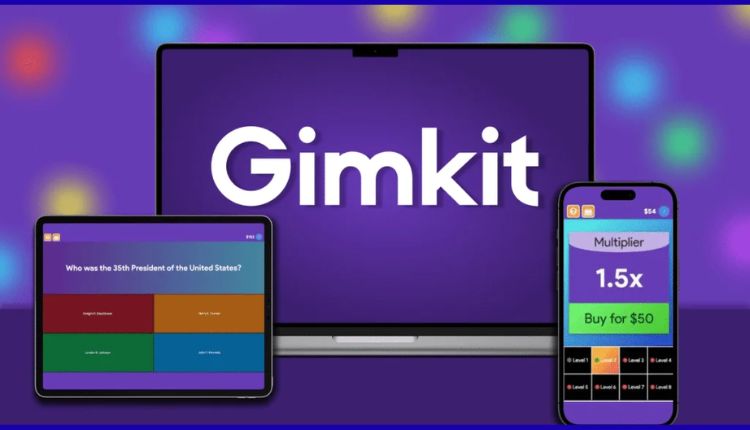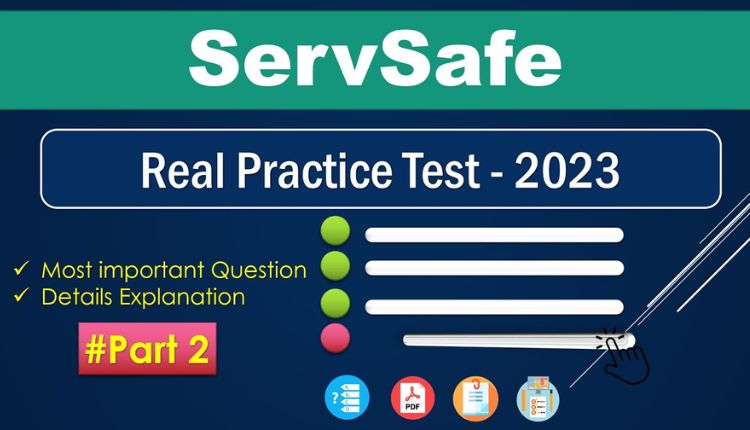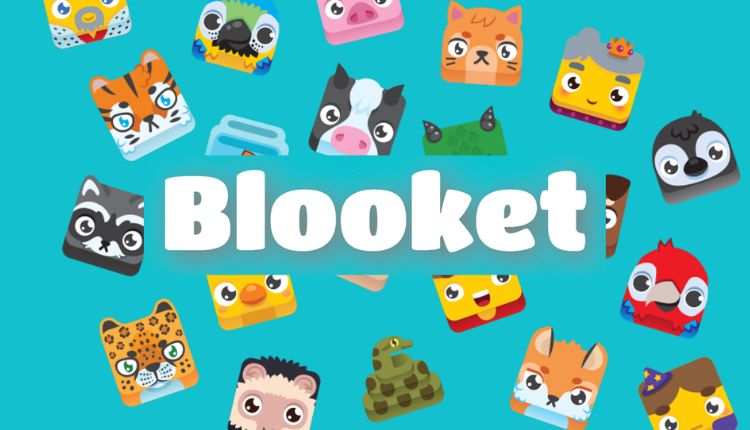Often used in classrooms, training programmes and recreational activities, the game Play Booklet provides a structured, interactive approach to learning and engagement. Understanding its features, benefits, and applications can help educators, parents, and players get the most out of this resource. This article examines game booklets in detail, covering their design, purpose and impact on learning and entertainment.
What is the Play Booklet
The Game Play Booklet is a compact, organised collection of materials designed for structured activities. These booklets often combine instructions, exercises, games, and informational content into a single format that is easy to use and portable.
Unlike standard textbooks, game booklets emphasise engagement and interaction. They often encourage players to actively participate rather than passively read. The content can vary widely depending on the target audience, from simple puzzles for children to complex exercises for professional development.
History and development of Play brochures
The concept of Play Booklet brochures dates back several decades and has its origins in educational and recreational settings. Initially, these booklets were simple printed sheets containing games or exercises.
Over time, their design evolved to include colourful illustrations, interactive tasks, and thematic structures. With the rise of digital media, game booklets have also transitioned to online and app-based formats, allowing for dynamic content, multimedia integration, and personalised learning experiences. Despite technological advances, printed gaming brochures are still popular due to their tactile and accessible nature.
Play brochure design elements
Creating an effective brochure requires careful consideration of its design. Key elements include layout, graphics, instructions, and thematic consistency.
A well-designed Play Booklet brochure ensures clarity and accessibility. Illustrations and visual guides guide users through activities, making the experience intuitive and enjoyable. Clear instructions are essential to avoid confusion and maintain engagement. Many brochures also include motivational features such as progress trackers or reward systems to encourage continued participation.
Benefits of using Play brochures
Play Booklet brochures offer numerous benefits to students and gamers. One of the main benefits is engagement. The interactive format encourages active participation, which can improve learning retention. They also encourage critical thinking, problem-solving, and creativity by presenting tasks that require analysis and decision-making.
In an educational context, game booklets can complement traditional teaching methods, provide hands-on practice and reinforce theoretical concepts. In addition, they are portable and easy to distribute, making them suitable for classrooms, workshops and recreational environments.
Play brochure app
The applications of Play Booklet brochures are varied. In education, teachers use them to supplement lessons, provide homework or conduct interactive classroom activities. In professional training, organisations use playbooks to simulate scenarios, teach procedures, or support skill development. From a recreational standpoint, game booklets are popular in board games, puzzle collections, and hobbyist projects. Their versatility makes them suitable for all age groups and a wide range of subjects.
Play digital brochures
The digital era has expanded the functionality of Play Booklet brochures. Digital game brochures offer interactive features such as clickers, animations, audio narration, and adaptive challenges. These features increase user engagement and enable real-time feedback.
Online platforms also allow tracking of progress and performance metrics, making them valuable tools for educators and trainers. Digital formats can complement traditional printed brochures or serve as stand-alone resources.
How to use the Play Booklet effectively
To maximise the benefits of the Play Booklet, users should approach it with a structured plan. First, it is important to understand the objectives of the brochure. Identifying the purpose of each activity ensures that users stay focused and achieve the desired results.
Next, follow the instructions carefully and complete the tasks in the intended order to reinforce learning. Users should also reflect on the results and note areas for improvement or concepts that require further investigation. Regular use and consistent engagement are the keys to realising the full potential of game brochures.
Challenges in using the Play Booklet
Despite their advantages, Play Booklet brochures can present challenges. Poor design or unclear instructions can lead to confusion and disconnection. Some brochures may not be relevant to specific educational goals or the interests of users. In addition, balancing the complexity of activities is essential; tasks that are too difficult may frustrate users, while tasks that are too easy may not sustain interest. To overcome these challenges, it is essential to understand the target audience and tailor the content accordingly.
Future trends in Play brochures
The future of Play Booklet brochures is likely to see the continued integration of digital technology, personalisation, and interactive media. Augmented reality (AR) and virtual reality (VR) can enhance the gaming experience by creating an immersive learning environment. Artificial intelligence could enable adaptive content that responds to individual progress and offers tailored challenges and feedback. Another emerging trend is sustainability with eco-friendly materials and digital alternatives, reducing the environmental impact of printed brochures.
The Bottom Lines
Play booklets are versatile tools that combine learning, engagement and fun. Their interactive nature makes them effective for education, professional training and recreation. As print and digital formats continue to evolve, the potential of game booklets to enhance engagement and learning is growing. By understanding their design, applications and best practices, users can take full advantage of these resources to achieve meaningful results.
Frequently asked questions
What is a game brochure?
A game booklet is a structured collection of activities, exercises and games designed to engage users in interactive learning or recreational tasks.
Who can use game brochures?
Playbooks are suitable for students of all ages, educators, coaches and anyone looking for structured, interactive activities.
Are digital game brochures better than printed ones?
Digital game brochures offer interactive features and real-time feedback, while printed brochures provide tactile engagement and device-free accessibility.
How can I create an effective game brochure?
Focus on clear instructions, appealing design, thematic consistency, and activities that are relevant to your audience.





